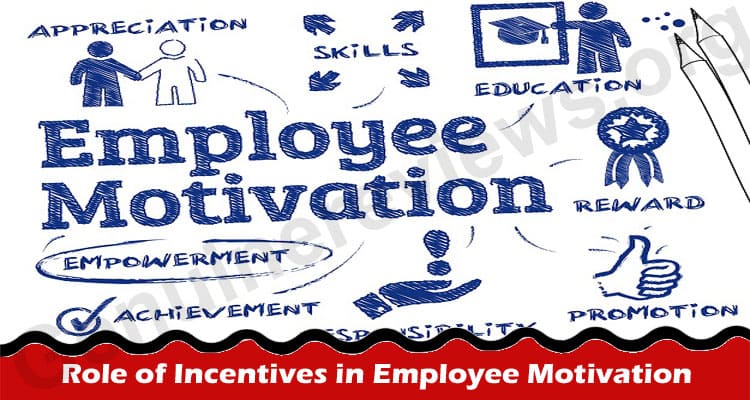If you are a business owner of any kind and have people working under you, then this is something you really need to understand – the relationship between incentives and motivation. Research has determined that most business owners do not pay enough attention to incentives when it comes to their method of motivating employees.
If you go into more detail about this, you will find just how important it is to make sure you have a solid incentive system. When it is done properly, it can motivate employees, positively affecting your company’s bottom line. It is safe to assume that most businesses would like that. This is why we will take a deeper look at the role of incentives in employee motivation in this article. The goal is to make business owners understand what they will miss out on if they do not take this seriously.
Incentives in the Workplace: What are they?
An incentive can be anything. Ideally, when you are providing incentives, it will normally come in the form of an item or object the person desires, or it can even be a type of action that encourages the same behavior that got them the incentive in the first place. When we are strictly talking about incentives within the workplace, we are generally referring to some sort of financial incentive or, at times, nonmonetary recognition.
This practice is not a brand new invention. It has been going on for some time now, and employers are regularly using incentive systems to improve their workforce’s engagement. When engagement increases, the performance also increases drastically. When you acknowledge these performances and desired actions, you will be in a great place to make long-term improvements. The main fact is that it will affect your bottom line very positively.
Examples of Incentive Rewards
Financial Incentives: This is probably the most common incentive utilized in the workplace. It can be anything ranging from raises, bonuses, sharing profits, signing bonuses, and, at times, technology allowances. This is a direct and immediate way to improve your employees’ engagement levels and loyalty.
The incentives we mentioned above are more or less very immediate ways to provide incentives. There are also long-term incentives that business owners can use. This can be some sort of mid-year bonus or a bonus at the end of the year. One great advantage of these bonuses is that they make employees look forward to something. They know that they will get properly rewarded when they put their best foot forward at the workplace.
Recognition Incentives: These types of incentives are nonmonetary. It can be something as simple as the CEO or supervisor saying thank you to the employees on board. Of course, we are not implying that this form of incentive has to be just that basic. You can get creative with your ideas as well. A good example of this may be to award the chosen employee publicly. Make sure when you do this, it is an employee who constantly outperforms their colleagues.
These sorts of employee recognition programs can improve the overall office environment, which is something to be desired. It is wise to practice these types of recognition incentive programs regularly.
Reward Incentives: These can be the perfect mix of the aforementioned types of incentives.
You can also mix up both the financial and nonmonetary incentives. Some common examples of this type of incentive program are gifts, gift vouchers, or even some sort of service award.
Appreciation Incentives: Appreciation incentives are another incentive program where you can mix and match financial incentives and recognition incentives. Some common examples of these are company parties and team-building events as well.
You can also employ some other types of appreciation incentive programs. These can include giving employees the option to work from home, overall flexibility, and some other forms of employee perks. These things can go a long way in improving employee engagement and motivation.
Incentives and Employee Motivation: Do They Work?
Along with a whole host of other programs, incentive systems have been proven to be an effective way of improving employee engagement, productivity, and motivation levels, especially in the long run. This is why businesses must make the most out of their incentive programs, as it can directly affect their bottom line.
When we talk about employee motivation, we refer to how engaged and committed employees are within a workforce. How engaged your employees are will affect the bottom line of your company. It will also affect the workplace culture you have set up.
One other thing that we feel is very important to point out is that many other things happen when employees are properly motivated. Motivated employees do their job well and bring vital positive energy into the workplace. Incentive programs also help employees have a much better work-life balance.
Final Words
You need to make sure that employees do not feel ingenuine when employing incentive programs. That is the worst thing you can do, and it will negatively affect your entire workforce. For the whole thing to be properly effective, it has to feel like you are showing gratitude for all your employees.

